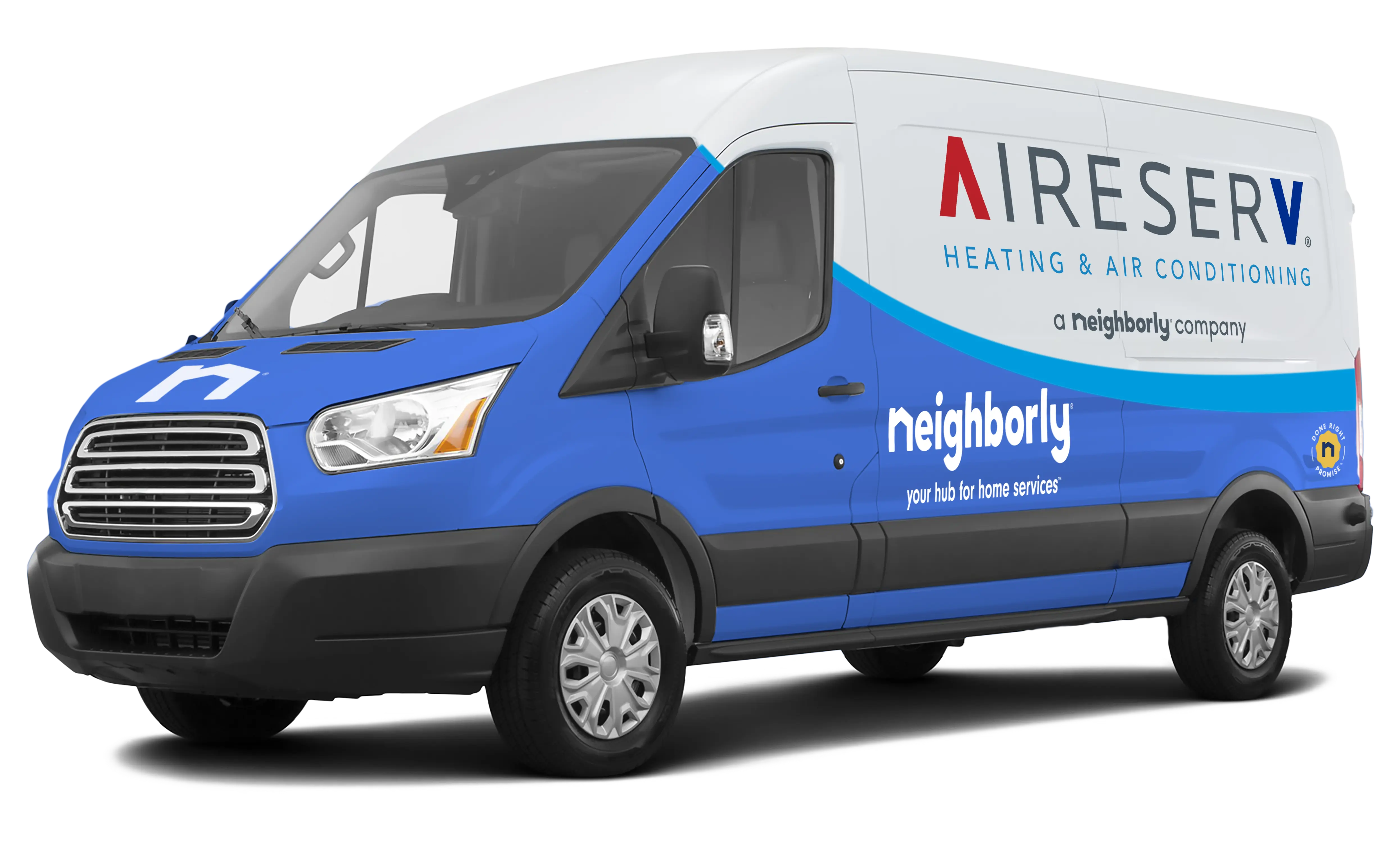As summer winds down along the Emerald Coast, homeowners may assume their HVAC systems can relax—but the seasonal transition brings its own challenges. Humidity levels remain high, temperatures can fluctuate, and energy use may increase as routines change. Maintaining comfort and efficiency requires a few simple, proactive steps.
At Aire Serv of the Emerald Coast, we help homeowners navigate the summer-to-fall transition, ensuring their HVAC systems remain reliable, energy-efficient, and ready for whatever the weather brings.
1. Adjust Your Thermostat Strategically
Even as temperatures start to drop, your AC may still be in use during warmer days. To maintain comfort efficiently:
- Slightly raise the thermostat during cooler periods while keeping it comfortable indoors
- Use programmable or smart thermostats to automatically adjust settings for day/night temperature changes
- Avoid extreme temperature swings, which can cause your system to work harder and waste energy
These small adjustments can significantly reduce energy use and maintain consistent indoor comfort.
2. Inspect and Replace Air Filters
After months of heavy summer use, filters can be clogged with dust, pollen, and debris. Dirty filters restrict airflow, reduce efficiency, and compromise indoor air quality. Replace or clean filters every 30–60 days to ensure your HVAC system runs smoothly during the transitional season.
3. Check Your Outdoor Unit
Your outdoor condenser may have accumulated dirt, leaves, or debris over the summer. A quick inspection ensures efficient operation:
- Remove leaves, grass, or branches near the unit
- Ensure at least two feet of clearance around the condenser for proper airflow
- Schedule a professional cleaning if the unit appears dusty or blocked
A clean, clear condenser improves energy efficiency and system longevity.
4. Monitor Humidity Levels
Even as temperatures drop slightly, Florida’s humidity remains high. High indoor moisture can:
- Make your home feel warmer than it is
- Promote mold and mildew growth
- Cause your AC to work harder, increasing energy bills
Consider a whole-home dehumidifier or minor AC adjustments to maintain indoor humidity between 40–60%. This keeps your home comfortable while reducing strain on your system.
5. Inspect Ductwork and Vents
Fluctuating temperatures and heavy summer use can reveal weaknesses in your duct system. Ensure:
- Vents are unobstructed and airflow is balanced throughout the home
- Ductwork is sealed properly to prevent leaks
- Any unusual noises or airflow inconsistencies are addressed promptly
Proper airflow helps maintain consistent temperatures and maximizes efficiency.
6. Schedule a Seasonal Tune-Up
A professional tune-up after summer ensures your system transitions smoothly into fall. Benefits include:
- Checking refrigerant levels and electrical connections
- Cleaning coils and verifying airflow
- Addressing minor issues before they become costly repairs
Preventive maintenance is the key to keeping your HVAC system reliable and energy-efficient year-round.
7. Plan Ahead for Cooler Months
While the Emerald Coast doesn’t experience harsh winters, cooler nights and early fall breezes can require heating for the first time in months. Early preparation ensures your heating system is functional and efficient before the temperatures drop.
Maintain Comfort and Efficiency Through Seasonal Change
Transitioning from summer to fall doesn’t have to mean higher energy bills or fluctuating comfort. By combining smart thermostat strategies, proper maintenance, and professional HVAC service, you can keep your home comfortable, energy-efficient, and ready for any weather change.
At Aire Serv of the Emerald Coast, we specialize in helping homeowners maintain HVAC performance and comfort through every season.
Call today to optimize your HVAC for a smooth seasonal transition.

